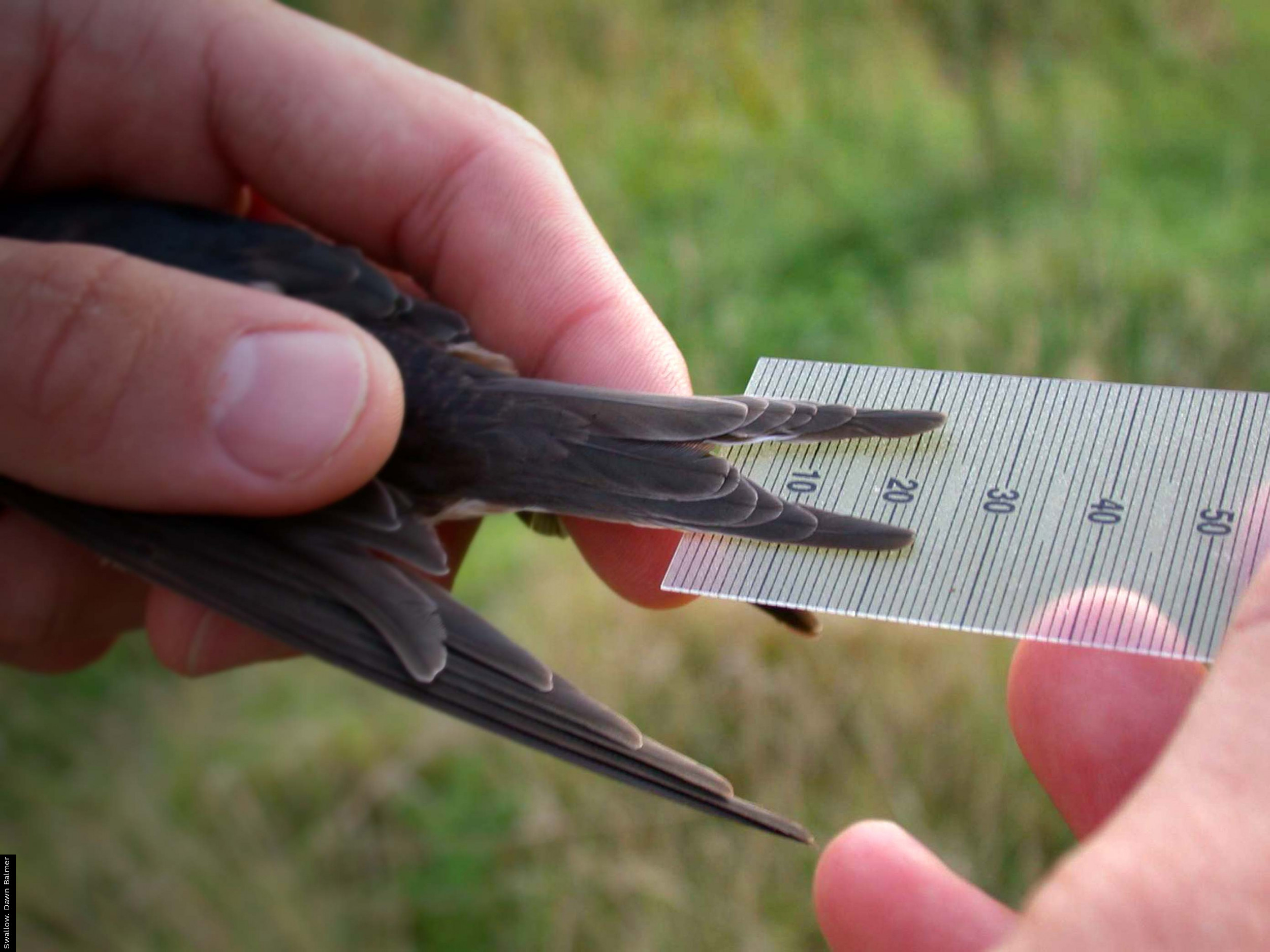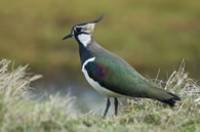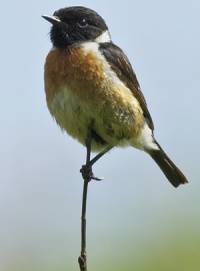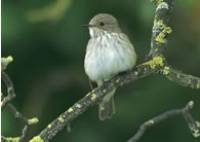Amazing stories
We all know that some of the birds we see every day have exciting lives - think of the Swallows we see round our houses in the summer that spend their winters in South Africa. But some of our commonest birds also have tales to tell.
These three birds are some of the most notable stories, and you may have been ringed as one yourself.
This beautiful wader with its evocative display and song breeds on farmland and moorland in summer and then moves to estuaries in winter to feed on the abundant invertebrate food. Most young birds will return to the area they were born in the summer months, but ringing has revealed that they can choose to nest in other countries as well.
Lapwing BT32114 was ringed as a chick at Toysa in Finland on 9 June 2005 and was then found dead at Frampton-on-Severn in Gloucestershire on 29 January 2009. This is a distance of 1,978 km and is the 13th Finnish ringed Lapwing to come to the UK or Ireland!
Stonechats are very confiding birds, but for ringers they are notoriously difficult to catch. This means that there are comparatively few birds ringed and most of them are ringed as chicks or young birds (85%). Although some Stonechats spend the winter with us in Britain, part of the population migrates through Europe to North Africa.
Ringed shortly after leaving the nest on the 18 July 2006 at Alderholt in Dorset, T495090 was caught by a Spanish ringer in Laguna de Petrola in south east Spain on 5 November 2007, probably on its southward migration. This is the furthest recovery reported recently of 1,343 km.
Like many of the migrants that visit us each year from Africa, the Spotted Flycatcher has shown recent declines in numbers. In the 1970’s the Spotted Flycatcher population was potentially six times that of today.
B982864 was ringed as a chick at Cashel, Tipperary, Ireland on 23 June 1984 but was unfortunately captured on 20 January 1988 in Cuimba, Angola to be put into a museum as a specimen. This is the only recovery of a Spotted Flycatcher in Angola and amazingly this bird was four years old, meaning that this bird could have potentially flown at least 49,000 km in its life time, which is more than flying right around the Earth on its little wings.
















Share this page